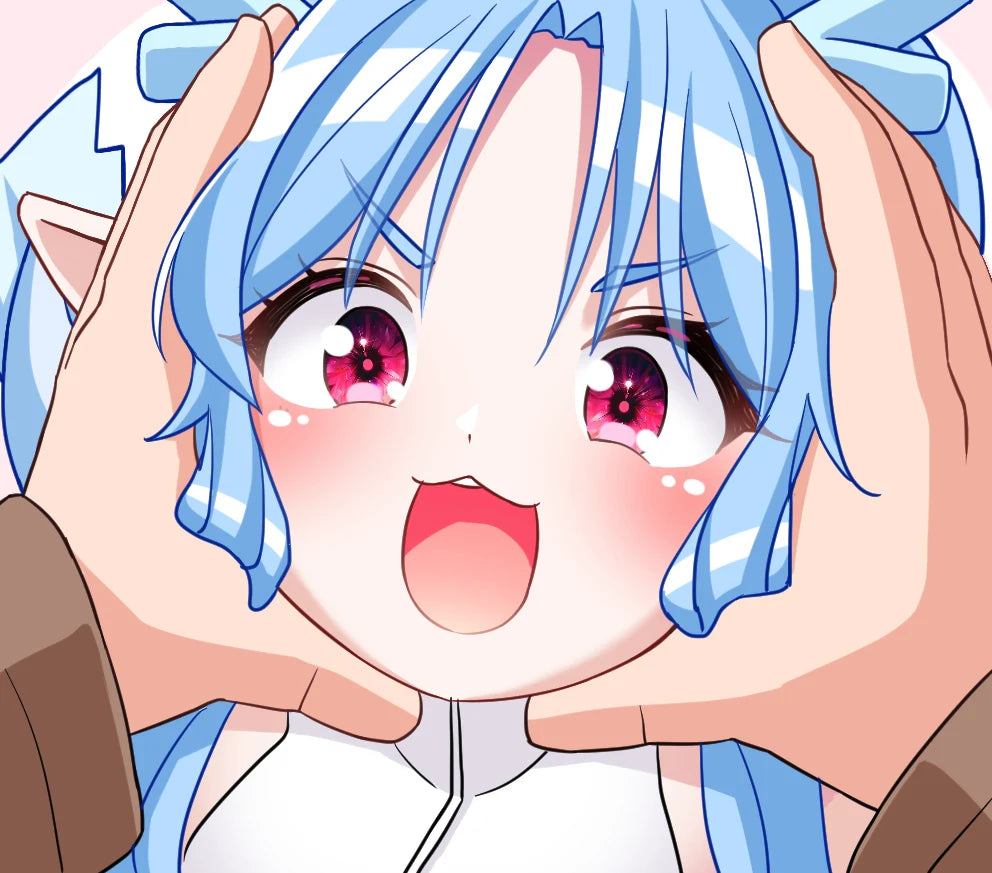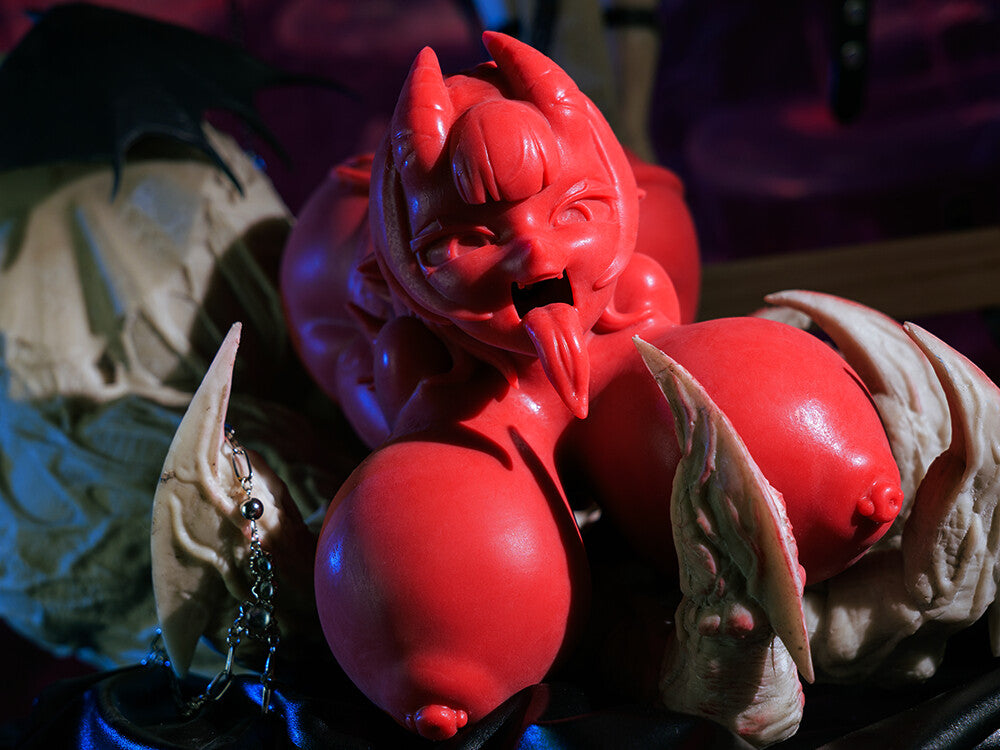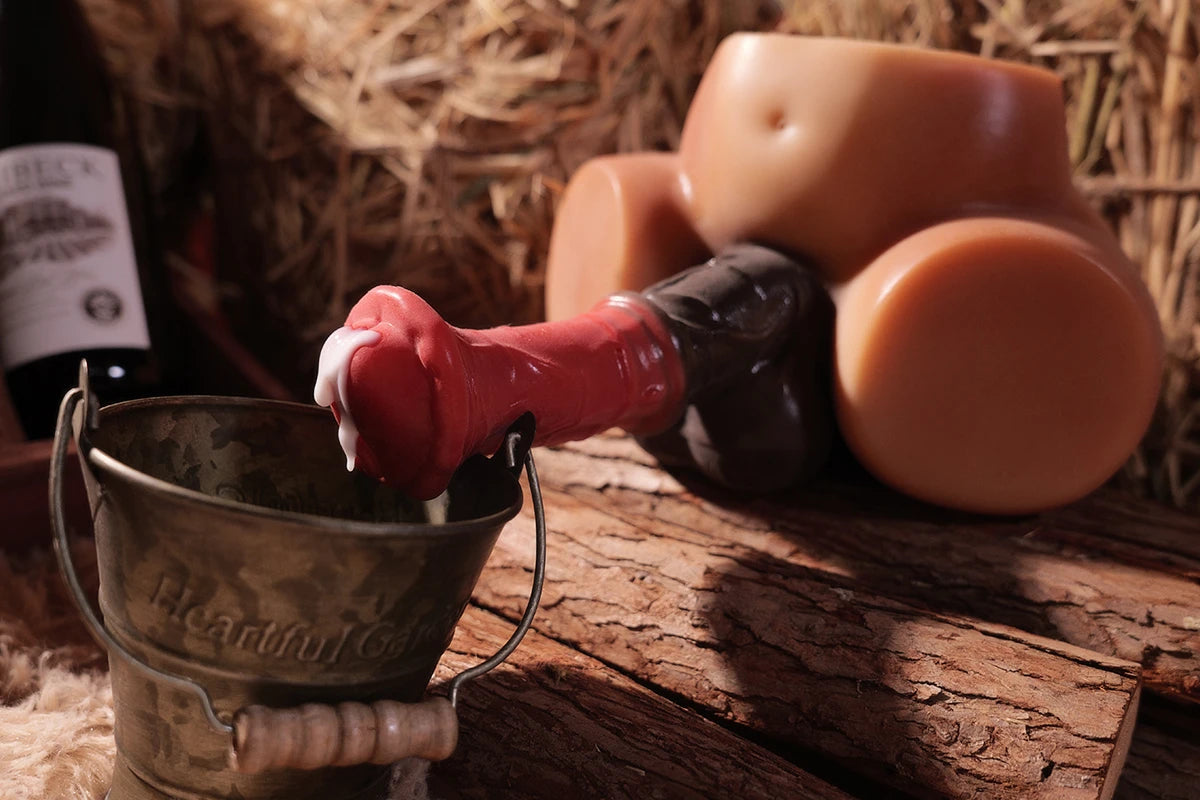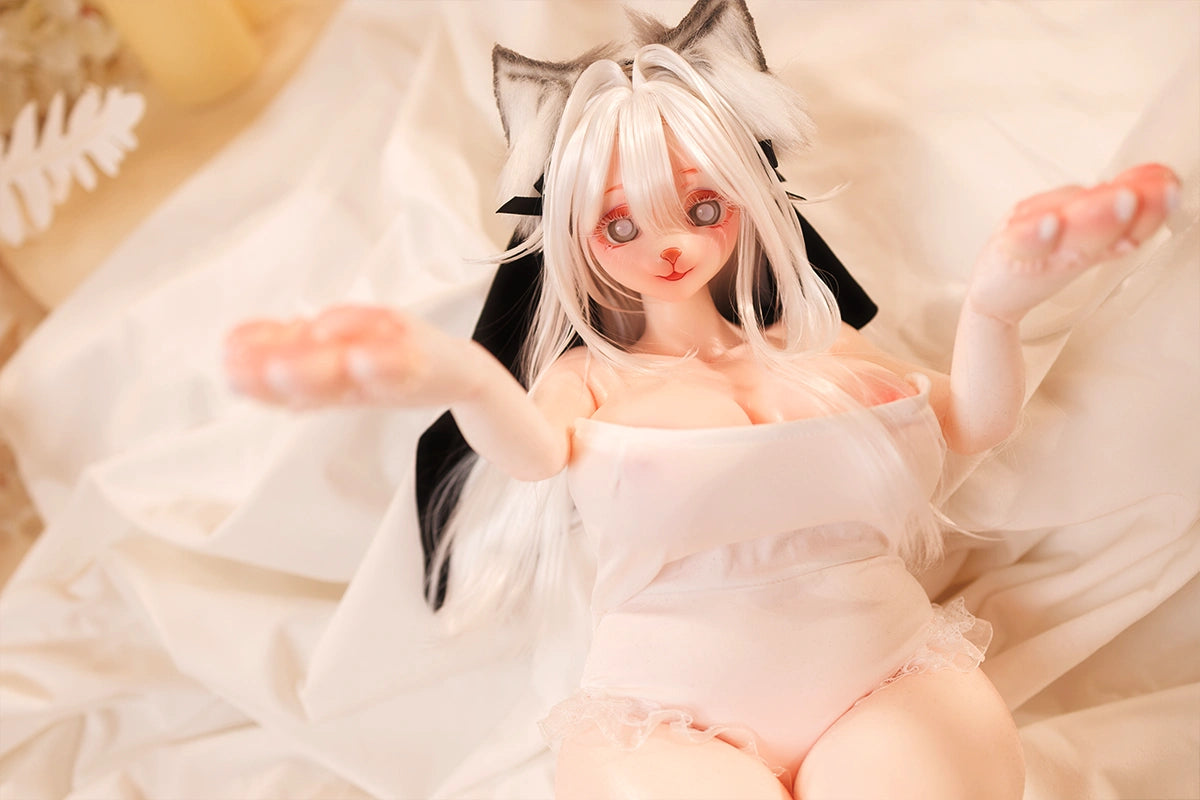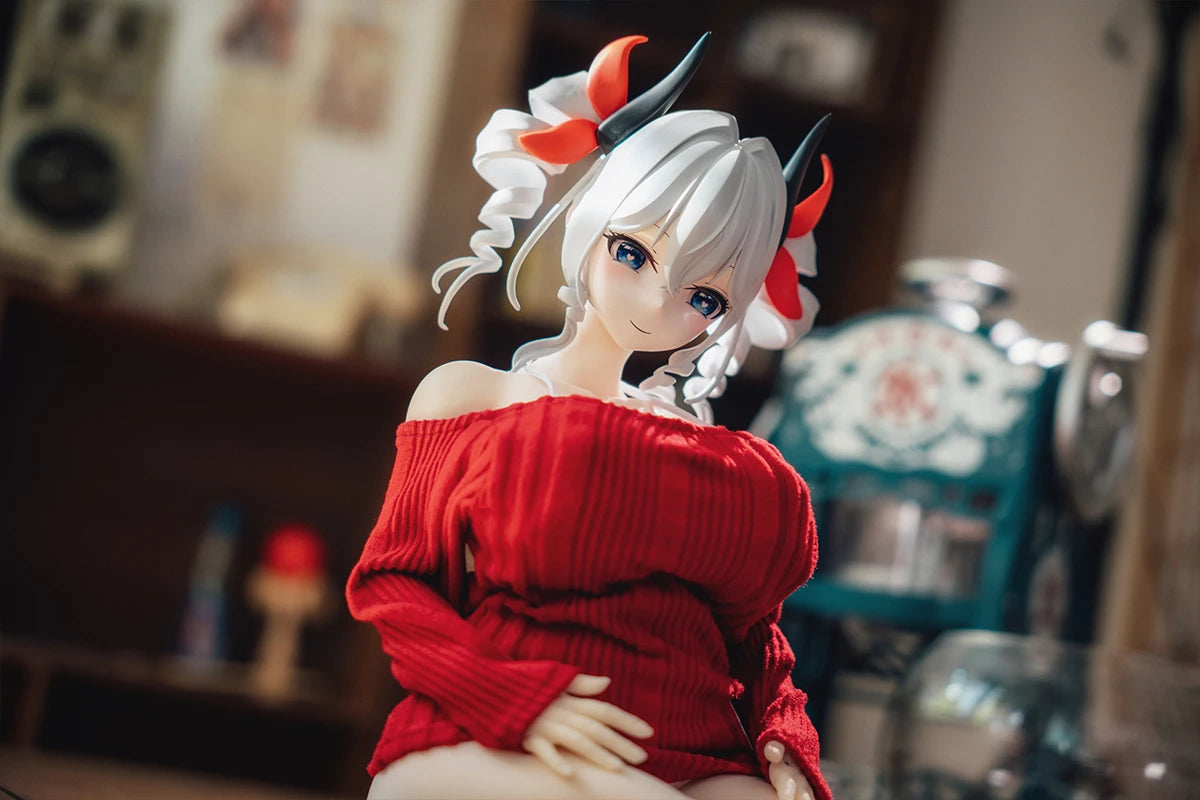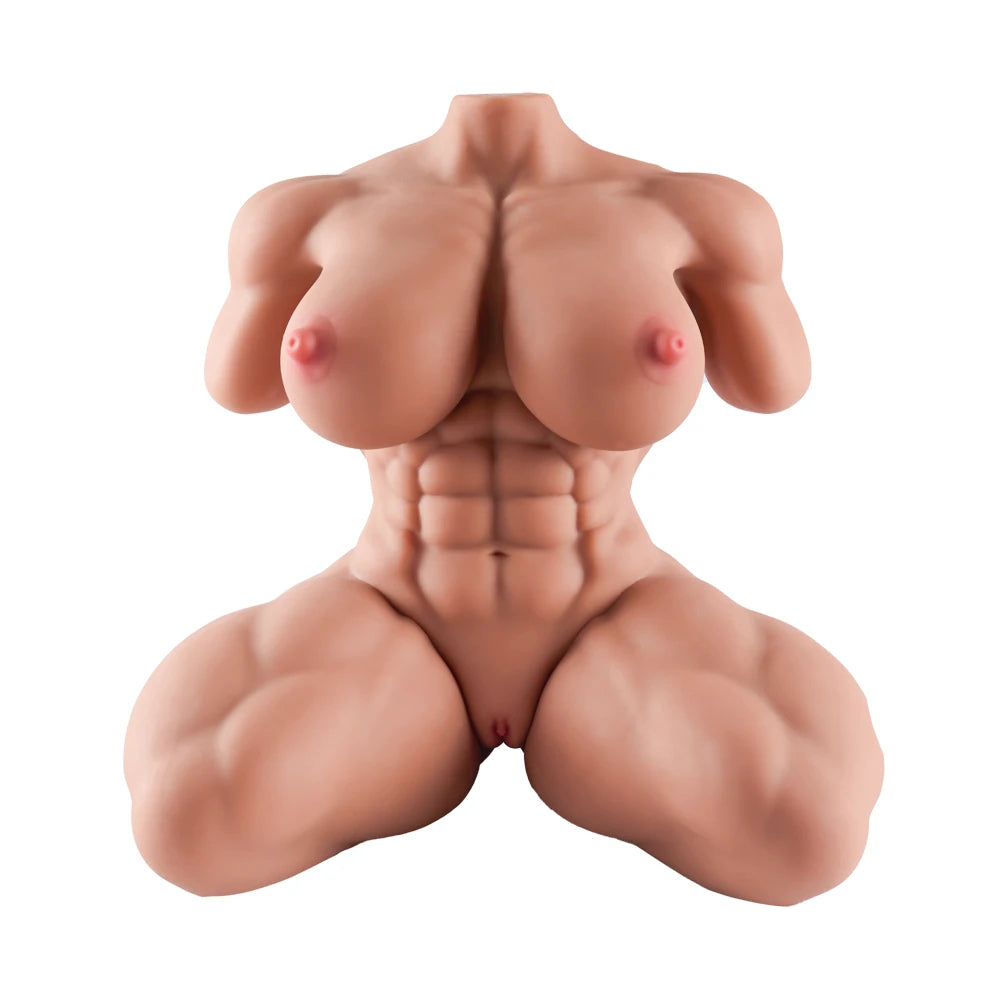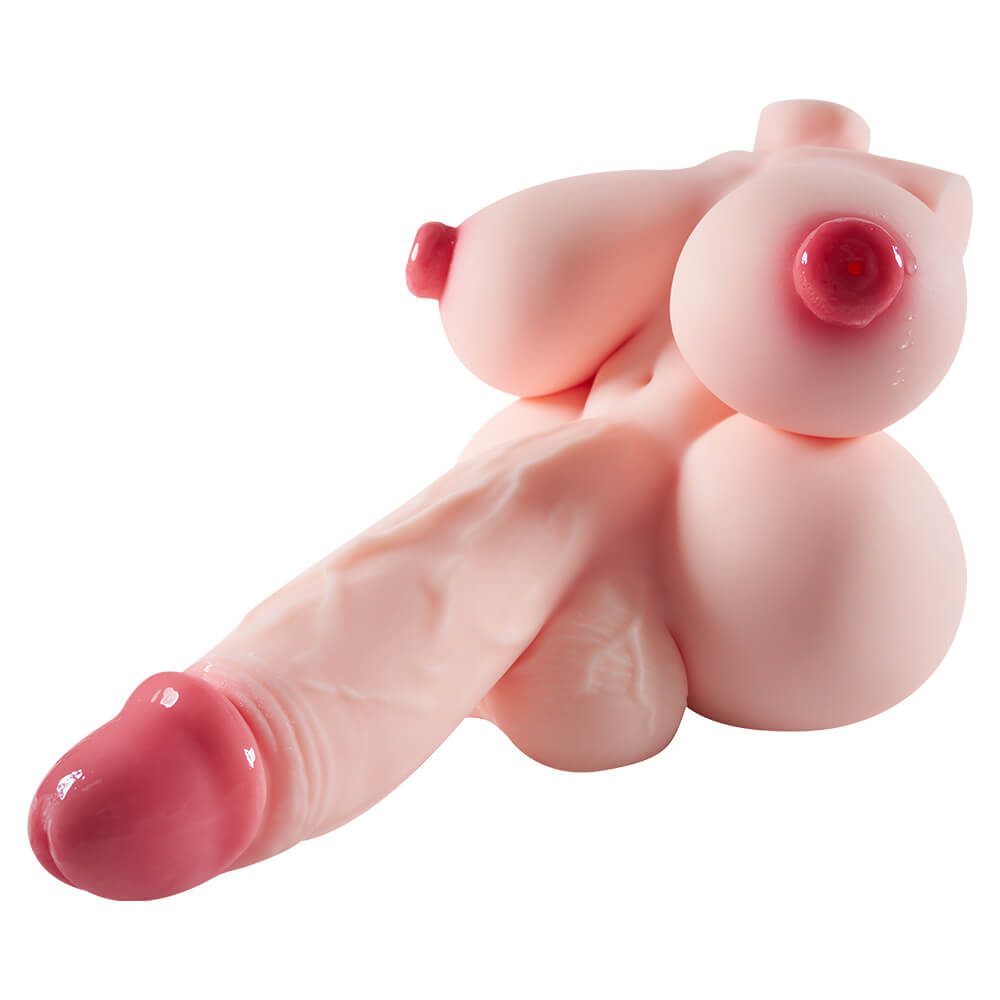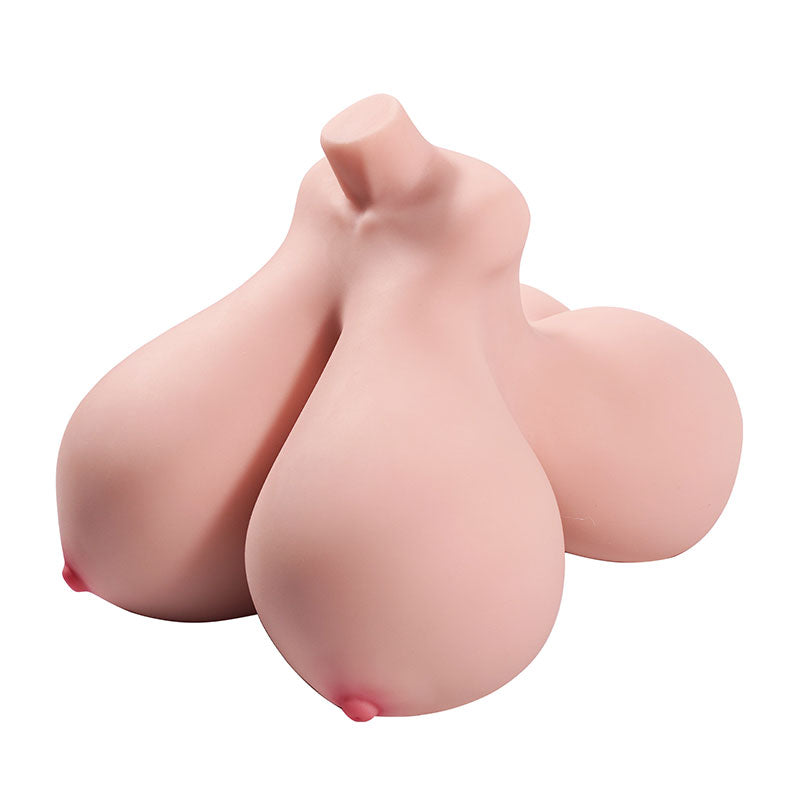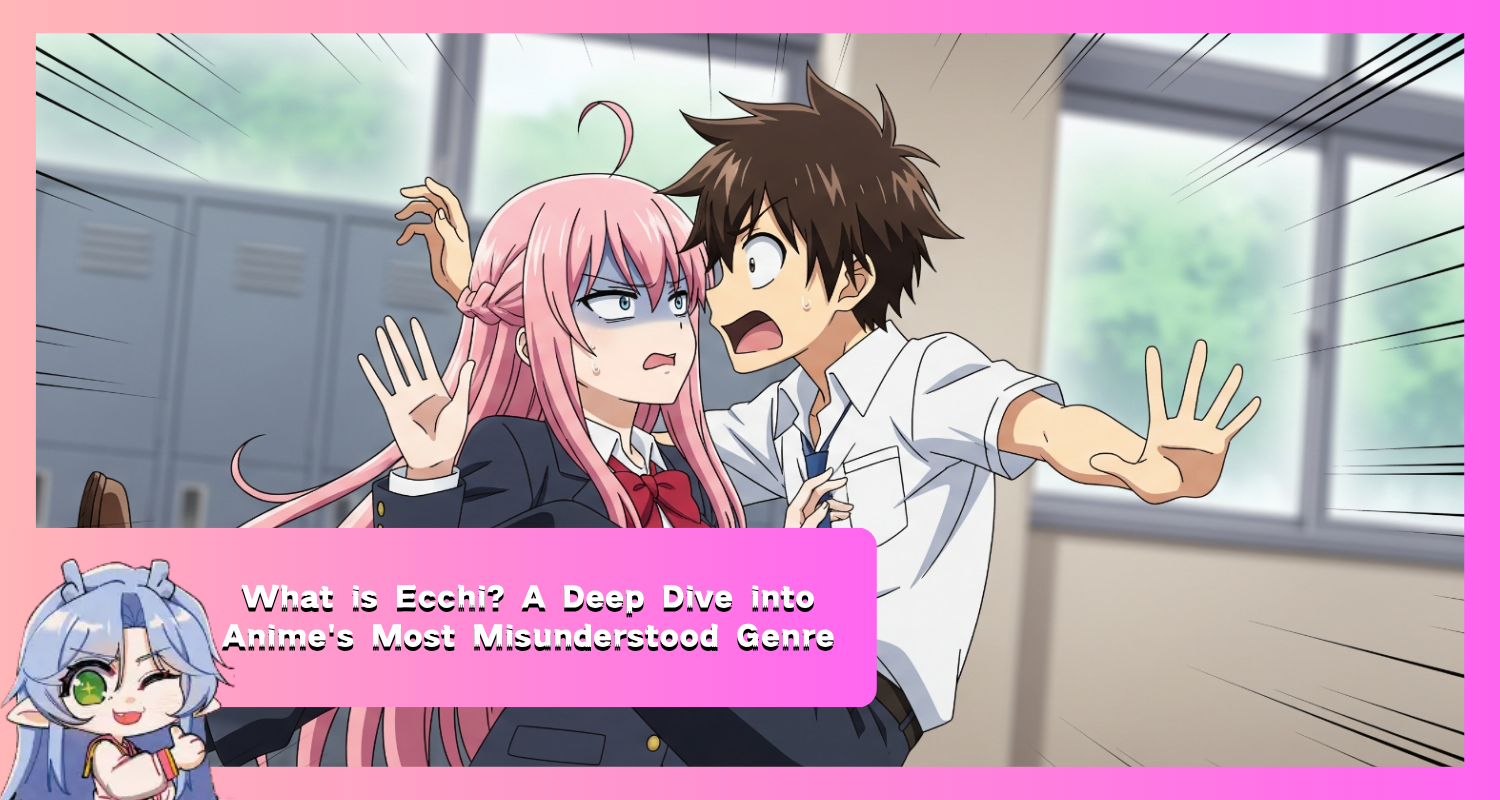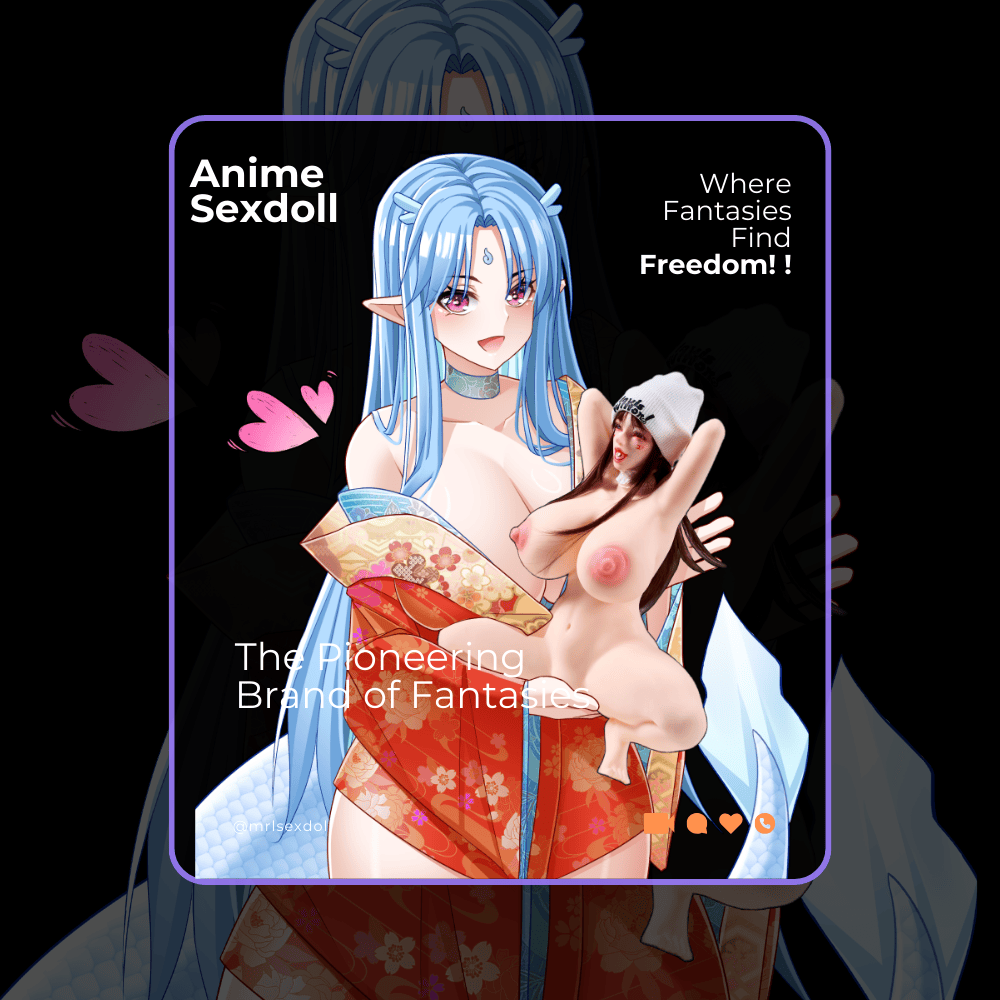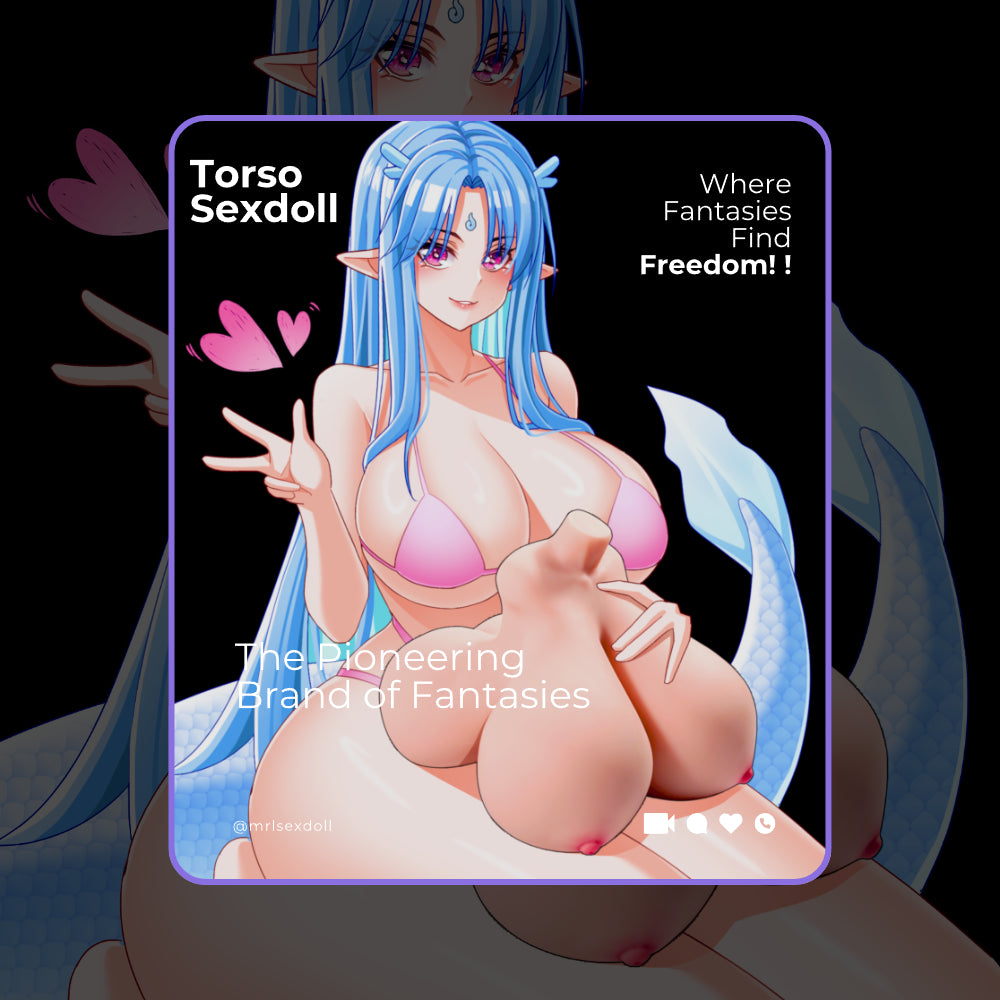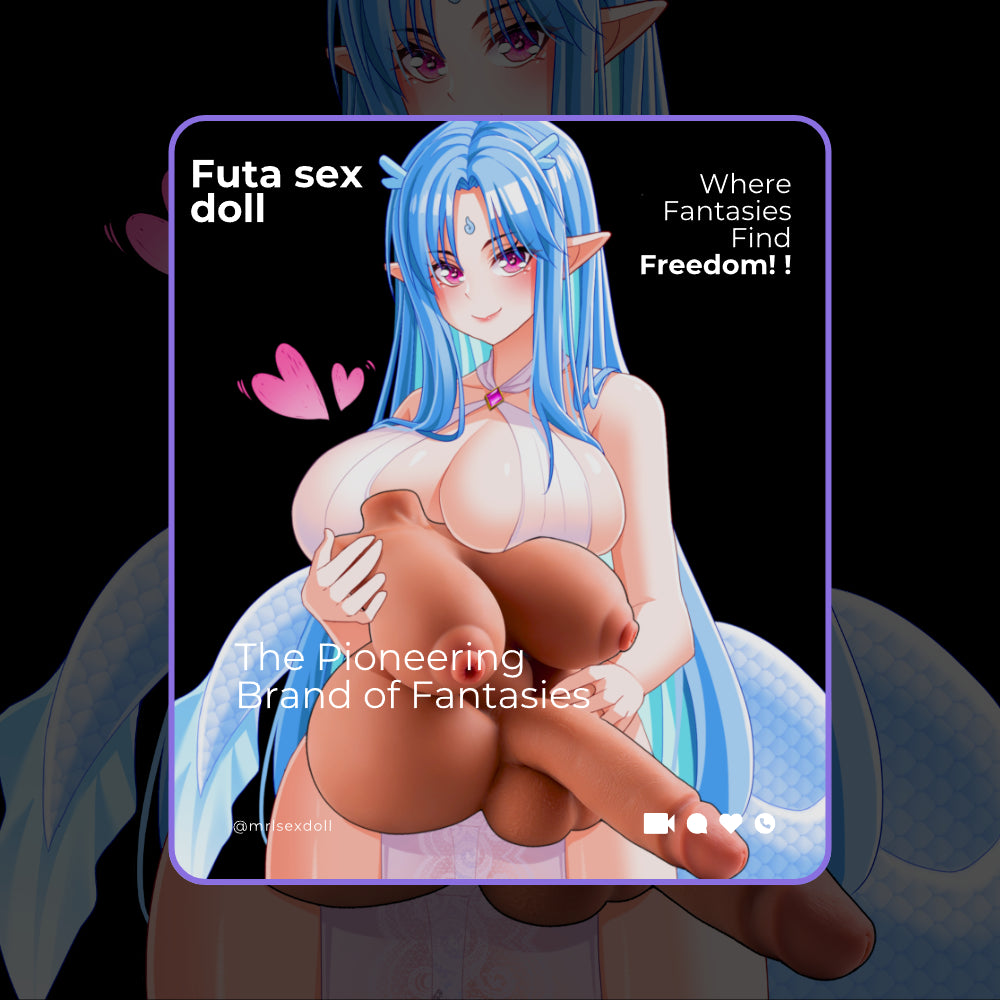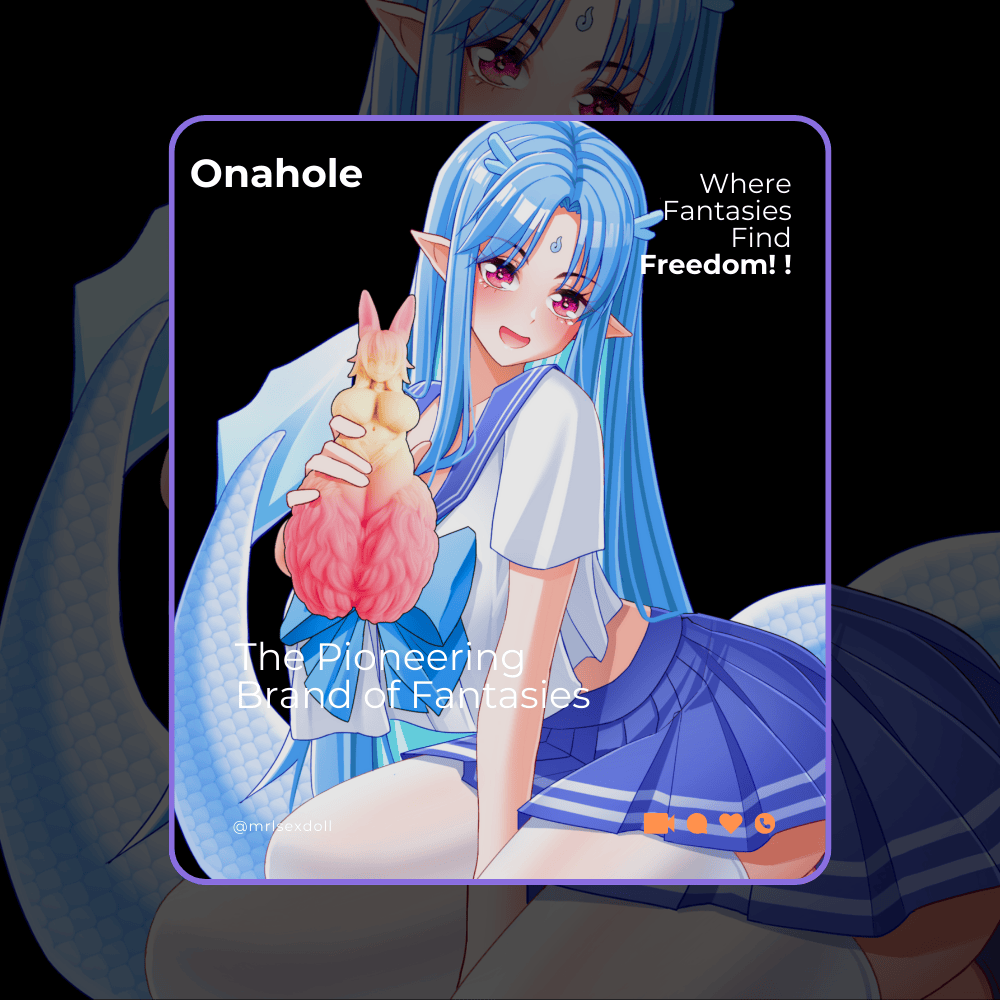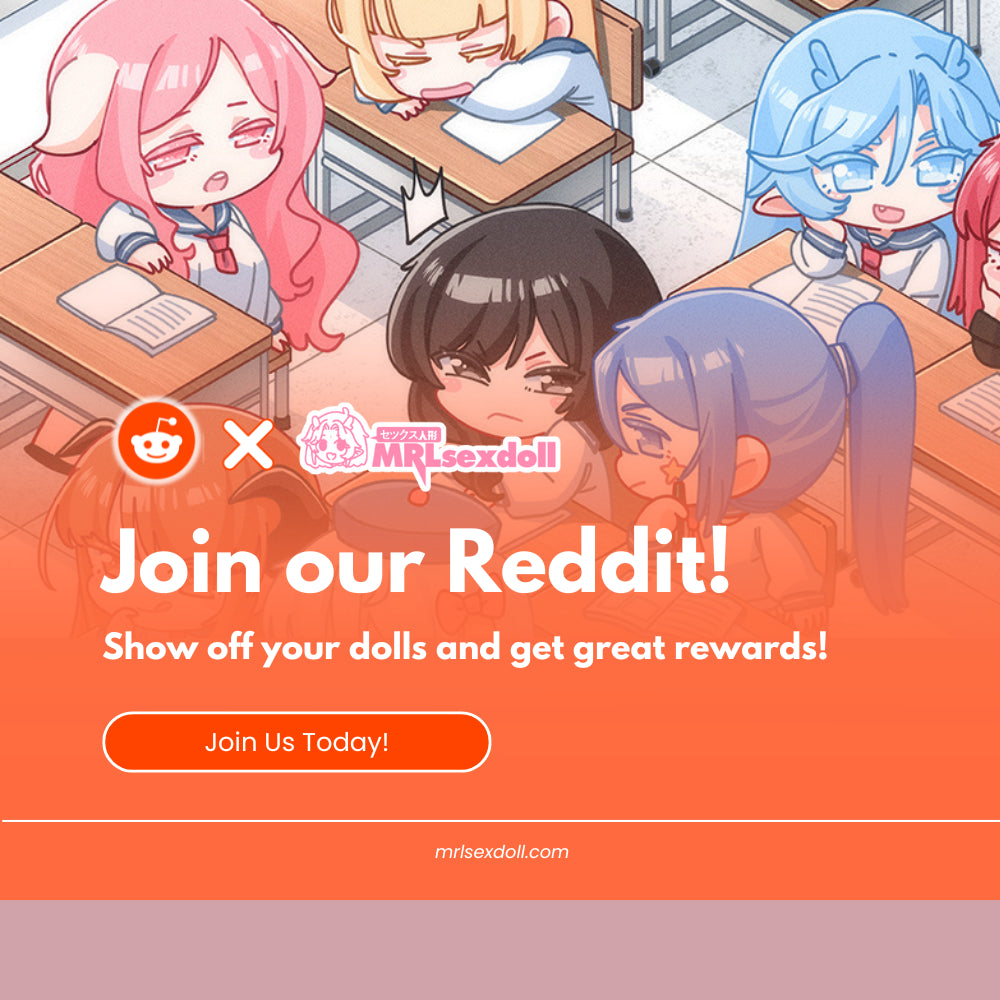What is Ecchi? A Deep Dive into Anime's Most Misunderstood Genre

When exploring Japanese anime, you will hear many unique terms. One of the most common, and most confusing, is ecchi. For some fans, it means lighthearted fun, but for others, it signals content they want to avoid. The confusion exists because the word's definition changes depending on who is using it.
This article will clear up the confusion around this popular genre. We will explore the true ecchi meaning, looking at its origins in Japan and how Western fans changed it. We will also explain the important difference between ecchi and hentai. You will learn about the common themes in an ecchi anime and its place in the culture. By the end, you will understand what ecchi is and why it is a unique part of the anime world.
Table of contents:
- The Ecchi Meaning: A Tale of Two Meanings
- Drawing the Line: Ecchi vs. Hentai Explained
- The Anatomy of an Ecchi Anime: Common Tropes and Narrative Purpose
- A Brief History: The Evolution of the Ecchi Genre
- The Modern Ecchi Anime Girl and the Art of Character Design
- Ahegao Meaning: A Related but Distinct Expression
- The Ecchi Debate: Cultural Impact and Criticism
- Frequently Asked Questions
The Ecchi Meaning: A Tale of Two Meanings
The main reason ecchi is so confusing is that its meaning is different in Japan versus the rest of the world. The word ecchi (エッチ ) comes from the Japanese way of saying the English letter 'H'. This 'H' is the first letter of hentai (変態 ), which means "pervert" or "perversion".

In Japan, ecchi is a casual slang word. It can be used as an adjective to mean "naughty" or "sexy". It can also be a verb, ecchi suru , which is a casual way to say "to have sex". The word's feeling can be playful or serious. For example, calling a man ecchi could be seen as flirting, but calling him hentai would be a strong insult.
Outside of Japan, anime fans use ecchi as a genre label. For these fans, ecchi refers to shows with suggestive or playful sexual themes that do not show explicit acts. It is a "softcore" level of eroticism, usually used for comedy or fan service. Western fans needed a word to describe content that was suggestive but not pornography, so they adopted ecchi . This fan-made definition is now so common that it affects how anime is marketed and discussed globally.
Drawing the Line: Ecchi vs. Hentai Explained
The biggest question for many fans is the difference between ecchi and hentai . The line drawn by Western fans is all about how explicit the content is. Simply put, ecchi suggests, while hentai shows.

An ecchi anime uses sexual themes for teasing and humor. It creates playful eroticism with things like revealing outfits, suggestive poses, and dialogue with double meanings. The main goal is usually to make the audience laugh at an awkward or titillating situation.
On the other hand, anime hentai is the Western fan term for Japanese pornography. Its main purpose is sexual arousal, and the story is usually just a way to show explicit sexual acts. While Japanese law often requires censoring genitalia, the acts themselves are clearly shown.
This table shows a simple comparison based on the Western fan definitions.
|
Attribute |
Ecchi |
Hentai |
|
Main Goal |
Playful fun, comedy, fan service |
Sexual arousal, pornography |
|
Sexual Acts |
Suggested or off-screen; never shown. |
Shown explicitly and graphically. |
|
Nudity |
Partial or hidden. May show breasts but not genitals. |
Full, uncensored nudity, including genitals. |
|
Story Focus |
Part of a comedy, romance, or action story. |
The story is mainly a setup for sex scenes. |
|
Tone |
Comedic, lighthearted, playful, "naughty." |
Sexual, can be romantic or fetishistic. |
|
Western Comparison |
PG-13 to R-rated comedy |
X-rated / Pornography |
Some shows push these limits, leading fans to debate whether they are "borderline hentai". This shows that it can be a spectrum, but there is a clear conceptual line between suggestion and explicit depiction.
The Anatomy of an Ecchi Anime: Common Tropes and Narrative Purpose
The ecchi genre uses a set of common ideas, or tropes, that fans quickly recognize. These tropes are a key part of the genre's appeal, providing a familiar mix of comedy and titillation. At its core, ecchi is a type of "fan service," which means content added specifically to please the audience.
Viewers of an ecchi anime will notice these recurring situations:
· The Accidental Grope: The male protagonist often trips and falls, accidentally landing his hands or face in a compromising position on a female character. This is almost always used for comedy and ends with the protagonist getting comically punished.

· Clothing Mishaps: Clothes in ecchi shows are often easily torn or become see-through when wet. The "panty shot," a quick glimpse of a character's underwear, is another common visual.

· Situational Nudity: Many stories create convenient reasons for characters to be undressed, like episodes at a bathhouse or the beach.

· The Generic Male Protagonist: The main character is often an average, clumsy, and somewhat perverted high school student who is ultimately kind. This design makes it easy for the audience to see themselves in the story.

· The Harem: This setup, where one male character is liked by many female characters, is perfect for ecchi content. It allows for many different funny and romantic situations.

These tropes serve a purpose. They provide reliable comedic relief through a cycle of titillation, misunderstanding, and funny outcomes. They also offer wish-fulfillment for viewers, especially in the harem subgenre. Finally, there is a financial reason. Uncensored scenes on DVD and Blu-ray releases help drive sales, making fan service a key part of the business model for many studios.
A Brief History: The Evolution of the Ecchi Genre
The ecchi genre developed over many years, shaped by influential creators and changing technologies. The early seeds were planted in the late 1960s with Go Nagai's manga Harenchi Gakuen , which was one of the first to bring nudity and sexual humor to a young male audience.

However, many consider Rumiko Takahashi's Urusei Yatsura (1978) to be a true foundational work. Its mix of a lecherous protagonist, a beautiful alien love interest in a bikini, and slapstick comedy set the formula for ecchi for years to come. In the 1990s, the OVA (Original Video Animation) format allowed for more mature content. The 1995 OVA Golden Boy became a cult classic, perfecting the ecchi-comedy with its story of a perverted but brilliant young man learning about life through funny and risqué jobs.

The 2000s saw a boom in ecchi anime , thanks to late-night TV slots that allowed for more permissive content. Series like Love Hina (2000) made the harem romantic-comedy a major ecchi subgenre. This period produced modern classics like High School DxD and To Love-Ru , which pushed the limits of fan service on television. The genre also mixed with other formats, creating action-ecchi and fantasy-ecchi shows. In recent years, some believe the pure ecchi genre has become less common, possibly due to the influence of global markets and changing tastes in Japan.
The Modern Ecchi Anime Girl and the Art of Character Design
The characters, especially the ecchi anime girl , are central to the appeal of ecchi shows. This character type is designed to be memorable and attractive, often with exaggerated physical features and a specific personality, like the fiery tsundere .
A great example of a modern ecchi anime girl is Akeno Nyakumi . Akeno's design, with her blue hair and voluptuous figure, is iconic to the show's fan service. But her appeal is more than just her looks. She has a "sadodere" personality, acting gentle and graceful but showing a playful, sadistic side when teasing the protagonist. This dual nature makes her a fan favorite.
The popularity of characters like Akeno shows how the ecchi anime girl has become an icon of a certain art style. For fans who appreciate this aesthetic, this has led to unique products. One example is the Akeno: Nyakumi Co-branding Hentai Figure , a collaboration between 3D animator Nyakumi and the brand MrlSexDoll. This kind of high-quality collectible aims to bring the defining features of the ecchi art style, like the soft, exaggerated forms, into a physical object for dedicated fans. It shows that fans appreciate not just the character's story, but the specific design philosophy she represents.
Ahegao Meaning: A Related but Distinct Expression
When people discuss ecchi and hentai , the term ahegao often comes up. While it is related, its meaning is very different. Ahegao (アヘ顔 ) is not a genre but a specific image: the exaggerated facial expression of a character during intense sexual pleasure.

The name comes from ah e (panting or moaning) and gao (face). The expression is easy to recognize by its rolling or crossed eyes, open mouth with a protruding tongue, and flushed cheeks. While ecchi is about suggestion, ahegao is a direct sign of an explicit act. Because of this, the ahegao face is very common in hentai but is almost never seen in ecchi shows.
Interestingly, ahegao has moved beyond its pornographic roots to become an internet meme and a fashion statement. The face now appears on clothing and other merchandise, which has caused some controversy. This shows how a symbol can be separated from its original context, creating a unique cultural tension.
The Ecchi Debate: Cultural Impact and Criticism
The ecchi genre is a hot topic in the anime community, with strong opinions on both sides. The debate involves complex issues of art, objectification, and cultural differences.
The main criticism of ecchi is that it objectifies female characters for the "male gaze". Critics say that characters are often reduced to their bodies, existing for the pleasure of a male audience instead of being fully developed people. Some also argue that the genre can promote harmful stereotypes about women. From a story perspective, many feel that too much fan service can be repetitive and hurt the plot's quality.
Defenders, however, often see ecchi as harmless fun and escapism, similar to raunchy Western comedies like American Pie . A key argument is that it is unfair to judge a Japanese product by Western standards, as it is made for a domestic audience with different cultural norms. Many fans also say that ecchi is just a genre with its own rules; if you do not like it, you do not have to watch it. The ongoing debate shows how a product's meaning can change as it travels across different cultures.
Frequently Asked Questions
Is ecchi the same as fan service?
Not exactly. Fan service is a broad term for any content added to please fans. Ecchi is a specific type of fan service that focuses on playful, sexual, or suggestive themes.
Can an anime have ecchi elements without being an "ecchi anime"?
Yes. Many action or comedy series include occasional ecchi scenes or fan service for comedic relief. A series is typically only labeled an ecchi anime when these elements are a frequent and central part of its identity.
Why is the harem trope so common in ecchi anime?
The harem structure, featuring one protagonist and multiple love interests, provides a natural and efficient framework for creating diverse ecchi situations. It allows for a variety of character archetypes and romantic or comedic misunderstandings, which are staples of the genre.
Has the ecchi genre changed over time?
Absolutely. While foundational tropes remain, the genre has evolved from the slapstick comedy of the 80s and 90s to the more fan-service-heavy and diverse subgenres (action, fantasy, sci-fi) of the 2000s and beyond. There is also some evidence of the genre becoming less prominent or more toned down in recent years.
Is ecchi content only for a male audience?
While traditionally aimed at a male demographic ( shōnen and seinen ), the audience is diverse. Furthermore, there are equivalent genres aimed at female audiences featuring attractive male characters, such as "Boys' Love" (BL/yaoi), and reverse-harem series that use similar fan service principles.

